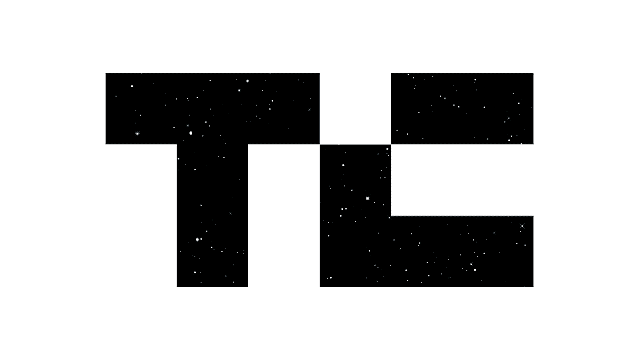Unlocking Liquidity and Transparency Across Markets
Real-world asset (RWA) tokenization is a promising use case of blockchain technology, offering a wide range of benefits to various industries such as real estate, fine art, intellectual property, and traditional finance assets. By carrying RWAs on-chain, projects can unlock liquidity, enhance transparency, and make ownership more accessible, ultimately creating a more inclusive and efficient financial ecosystem.
Challenges in Real-World Asset Tokenization
Despite the potential benefits of RWA tokenization, the journey is fraught with challenges such as regulatory uncertainties, development complexities, and the risk of costly errors. Regulatory bodies often struggle to keep pace with rapid technological advancements, introducing layers of complexity for projects seeking compliance. Moreover, deploying secure and efficient tokenization solutions can require sophisticated coding skills, extensive testing, and robust auditing protocols.
Hathor Network: A Blockchain Specialized in RWAs
Hathor Network is a blockchain project focused on real-world assets, aiming to merge traditional finance with the decentralized economy through its smart contracts platform called Nano Contracts. Securing approval by Brazil’s securities regulator, Hathor eases worries about regulatory uncertainties and facilitates regulated use cases.
A Revamped Protocol: Introducing Nano Contracts
After five years of track record in the blockchain space, Hathor taps deeper into the Web3 world with the launch of Nano Contracts, an innovative smart contract platform. The platform marks a new era for Hathor that allows developers to easily develop and deploy decentralized applications (DApp) on the ecosystem without facing common hurdles.
Simplifying Smart Contract Development
Smart contract development is often complicated and prone to error, discouraging mainstream adoption of decentralized finance (DeFi) and other blockchain solutions. Developers face steep learning curves, costly debugging processes, and complex language requirements. Nano Contracts aim to simplify smart contract development and reduce risk, making it a handy tool for businesses exploring tokenization or DeFi products.
How Nano Contracts Work
Nano Contracts operate on Hathor’s robust infrastructure, enabling DApps to handle high transaction volumes without compromising speed or security. The platform uses Python, one of the most widely used and accessible programming languages, abstracting unnecessary complexities. This approach lowers technical barriers against DApp development, significantly reducing development time, costs, and the likelihood of errors.
Connecting RWAs and DeFi
During its first five years of operation, Hathor tokenized a wide range of assets and commodities, including wine collections, fan engagement tokens, and even a $166 million court-ordered payment rights. With the introduction of Nano Contracts, Hathor seeks to create a bridge between RWAs and DeFi, merging these two worlds where tokenized real estate can potentially be used as collateral for decentralized loans.
Key Features of Nano Contracts
Nano Contracts introduce highly efficient, reusable blueprints for DApp development, offering flexibility to execute transactions with low fees using HTR or custom tokens. Regular transactions on Hathor Network remain completely feeless, ensuring accessibility and scalability.
Future Plans and Initiatives
The platform plans to activate built-in security measures such as maximum extractable value (MEV) and front-running protection, introduce Ethereum Virtual Machine (EVM) and WASM compatibility, and integrate an EVM bridge. An incentivized campaign will be live during the testnet phase for developers to explore the new platform throughout its journey.
Conclusion
Hathor Network’s introduction of Nano Contracts marks a significant milestone in the development of decentralized finance and real-world asset tokenization. By simplifying smart contract development, reducing risk, and enhancing security, Hathor aims to revolutionize the way businesses interact with blockchain technology. With regulatory-compliant use cases, developer-friendly tools, and a focus on real-world applications, projects like Hathor demonstrate that blockchain can be powerful, approachable, and compliant.
Learn More About Hathor Network
Note: The information provided in this article is for general purposes only and should not be considered as investment advice. Readers should do their own research before taking any actions related to the company, and carry full responsibility for their decisions.










